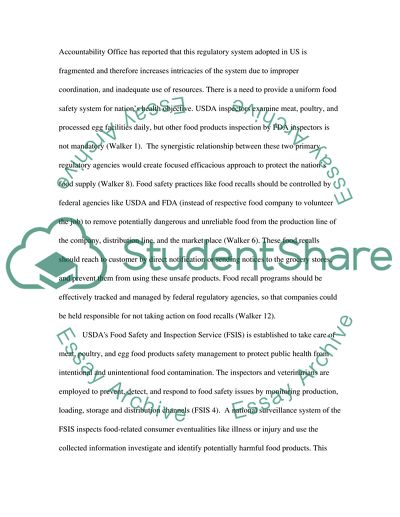Cite this document
(Food Protection Plan And Its Applying On Practise Research Paper, n.d.)
Food Protection Plan And Its Applying On Practise Research Paper. Retrieved from https://studentshare.org/technology/1722550-food-safetyfdagovernment
Food Protection Plan And Its Applying On Practise Research Paper. Retrieved from https://studentshare.org/technology/1722550-food-safetyfdagovernment
(Food Protection Plan And Its Applying On Practise Research Paper)
Food Protection Plan And Its Applying On Practise Research Paper. https://studentshare.org/technology/1722550-food-safetyfdagovernment.
Food Protection Plan And Its Applying On Practise Research Paper. https://studentshare.org/technology/1722550-food-safetyfdagovernment.
“Food Protection Plan And Its Applying On Practise Research Paper”, n.d. https://studentshare.org/technology/1722550-food-safetyfdagovernment.


